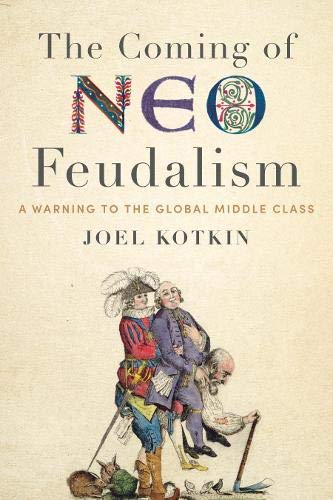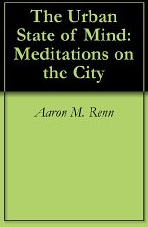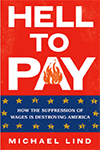
A couple weeks ago, I purchased a new laptop. The laptop has Microsoft Copilot, the Microsoft AI tool launched in 2023. For kicks I thought I’d try it out. I asked Copilot to provide me with a draft on a topic for a future post. Now, I’ve tried ChatGPT in the past, so I had an idea of what to expect. However, I was blown away when Copilot immediately came back with a three-page, almost 1,000-word draft on the topic. The Copilot draft needed work; it was a factual statement rather than an essay, written in a voice that wasn’t targeted toward any particular reader or audience. Still, it formed the foundation for what I would later publish. It was definitely the kind of quick-serve research on a topic that can cut my writing time down significantly. Suddenly I saw the implications of artificial intelligence (AI) in a new light.
AI is moving so fast, it’s challenging everything we think we know about how automation affects work.
With each passing day, the global economy is moving closer to integrating AI into the economic fabric. Broadly, workers understand that it will impact work, just as earlier efforts at automation have impacted work in the past. We also understand that some places will be impacted more than others. Researchers at the Brookings Institution are putting some thought into this, and their findings so far are interesting.
Some recent research conducted by Mark Muro, Shriya Methkupally, and Molly Kinder of the Brookings Institution’s Brookings Metro research center is finding that AI will impact work more deeply and broadly than previously considered. Gains in generative AI are being made at a fantastic rate, with AI compiling and generating content that was once the purview of humans. Whereas earlier automation efforts targeted routine tasks usually handled by low-skilled, low-wage workers, generative AI is showing itself to be well-suited to take on work that relies on cognitive skills today. For example, as the Brookings report says, “think coders, writers, financial analysts, engineers, and lawyers.”
The quote above is immediately followed by this:
“And while generative AI puts at risk the “routine” tasks of customer service and clerical work (often handled by female-staffed call centers, customer service lines, and HR teams, for example), it is currently not equipped to handle the manual work of manufacturing, the skilled trades, construction, and many in-person service industries.”
In other words, generative AI is coming after knowledge workers.
This led to Brookings Metro taking another tack on AI’s economic impact – what exactly will be the geography of generative AI? What metro areas would have the greatest exposure to generative AI, meaning the possible displacement of workers?
The Brookings Metro researchers reviewed occupation-specific “exposure” data supplied by ChatGPT creator OpenAI. They found that AI exposure increases (positively or negatively) as wages increase. The team made it clear that “exposure” doesn’t necessarily mean “worker displacement”. They allow for the fact that some jobs will be “augmented” by generative AI, enhancing the productivity and capability of many workers. Still, there’s a strong correlation that as education levels and the need for cognitive skills rises, so does potential exposure to generative AI.
Read the rest of this piece at The Corner Side Yard.
Pete Saunders is a writer and researcher whose work focuses on urbanism and public policy. Pete has been the editor/publisher of the Corner Side Yard, an urbanist blog, since 2012. Pete is also an urban affairs contributor to Forbes Magazine's online platform. Pete's writings have been published widely in traditional and internet media outlets, including the feature article in the December 2018 issue of Planning Magazine. Pete has more than twenty years' experience in planning, economic development, and community development, with stops in the public, private and non-profit sectors. He lives in Chicago.
Photo: A map showing job exposure to generative AI across US counties. Source: Brookings.












